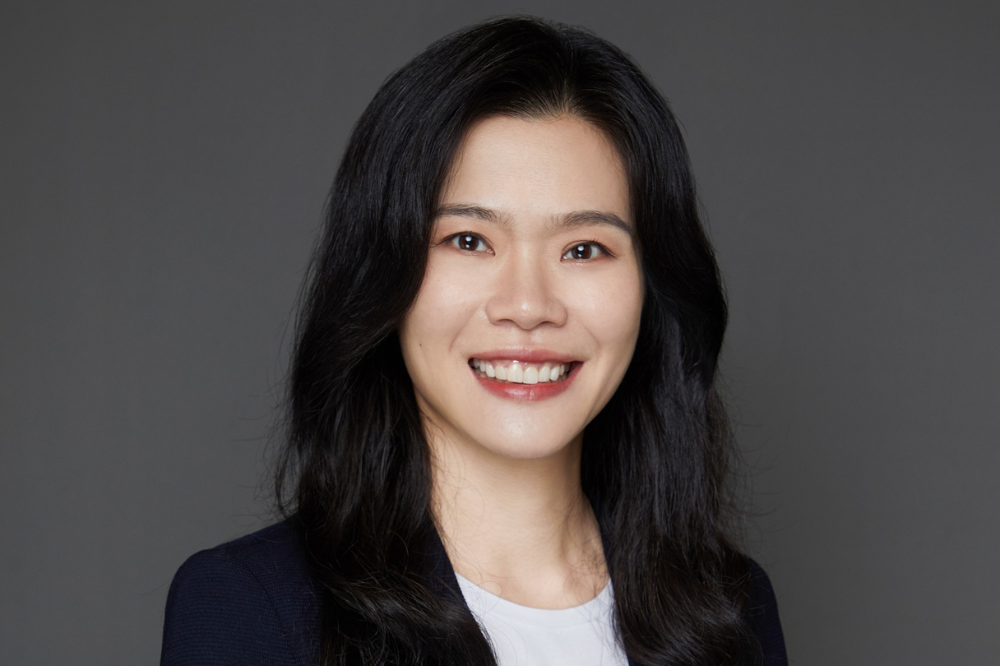Breaking the bias against women in insurance

“There have been a few times in the past when I walked into a client meeting with my team (who were all male) and the client stakeholder assumed I was the translator or secretary,” Chung told Insurance Business. “I recognise that bias exists – often unconsciously too – so my team and I work together to support each other and rectify these types of situations by properly introducing ourselves and resolving any awkwardness quickly.”
The bias against them is but one of the numerous challenges women face in the insurance industry. Another is that they are simply outnumbered in some markets.
“One challenge that women across organisations face, including the insurance industry, is the number of women in both entry positions as well as in the C-suite,” Chung said. “For example, one of our reports found that women accounted for one in 15 entry positions and one in 50 C-suite positions.”
According to Chung, having a more holistic view on all parts of the talent funnel, such as how companies approach recruiting, the ratio of women for all layers/structures of talents, the promotions process, etc., and then tracking these numbers is an important first step in correcting these biases.
“Another challenge lies in the intersection of perceptions around age and gender,” she said. “Tackle this by creating a culture of flexibility and support, which is especially important for women who want to start their own family or have family they are caring for. This level of understanding and empathy not only creates happier workforces but can also significantly improve bottom lines and companies gain a deeper understanding of a significant portion of their customer demographic.
This needs to be a top-down approach with programs that mandate CEOs and C-suite officers to spearhead support for women leaders and work towards a holistic approach in shaping diversity and inclusion within their firms.”
The reality is most companies need to have a financial reason to act, and gender equality is not an exception. However, Chung said that the data shows that being gender-diverse is good business.
“More diversity often leads to higher ROI on shareholder returns (20+% in our 2018 research),” she said. “Business leaders need to understand this and work towards a holistic approach in shaping diversity and inclusion within their firms.”
In commemorating International Women’s Day, it’s important to celebrate women’s victories alongside pointing out areas of improvement. According to Chung, the insurance industry has made significant advancement in becoming more gender equal.
“We’re seeing much more conscious change and more female leaders in the pipeline,” she said. “A lot of companies are taking real action and not just paying lip service. Within my expertise of digitalisation and innovation, some of the clients I work with are the most well-known innovation shapers, and by working together they have improved their core capabilities, transformed with holistic impact, created happier workforces, and improved both their top and bottom lines significantly. However, there’s definitely more work to be done. There is a need for more role models and additional infrastructure to consciously cultivate and identify these leaders to make it work. By growing and promoting caring leaders and having mentors who really have visibility on taking care of people, it can lead to significant changes in a diverse workforce.”
As the diversity movement in insurance gains steam, Chung said that more women in senior leadership positions, including at the board and C-suite level, will emerge over the next 10 years.
“One of the chief drivers of this transition will be the increased awareness of challenges and priorities for women – both from the perspectives of women employees and customers,” she said.
However, for true change to take root in the industry, both men and women must participate.
“Support for more women will not just come from other women in senior positions, but from both sexes,” Chung said. “As we get more women working alongside male counterparts as a senior level, we’re going to see more leadership gain a deeper understanding on the importance of having more diverse perspectives. Fortunately for me, I’ve been lucky to work for people who support women. McKinsey is quite conscious of cultivating women for their next generation of leaders – in particular, looking at how we recruit and the tenure of women leaders across all teams.”
Chung gave the following advice to women looking to climb the insurance ladder.
“When you are in a room with male co-workers, use your position to your advantage, as minorities are often more sensitive to differences,” she said. “Very often, I’m only one of a few female leaders in the room, but my observation is that with my contribution, there tends to be a much more ‘balanced’ perspective. This is also one of the best and most telling pieces of feedback from one of my client’s CEOs that I’ve received over the years.
“I would also be clear on what you want and ask for help throughout all stages of your career,” Chung said. “Instead of making too many assumptions or overthinking, speak up and make yourself heard. If you want to be taken seriously, you need to make yourself known to your fellow employees and clients.”
Finally, Chung said that, for companies to be truly diverse, leaders should look beyond gender and institute systems that will encourage equal treatment for all.
“There should be a holistic approach in shaping diversity and inclusion within firms without simply framing initiatives as a ‘women for women’ programme,” Chung said. “Instead, companies should focus on creating ongoing and fundamental processes that focus on empathy and understanding of diverse perspectives across not just gender, but also age and race.”





